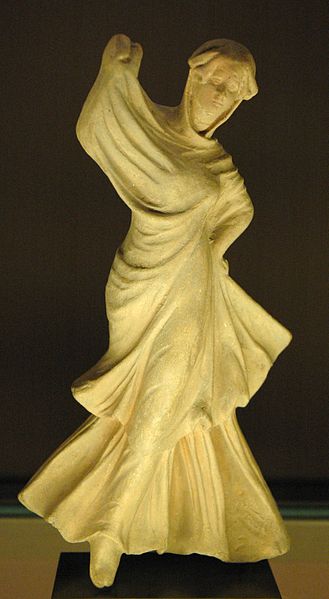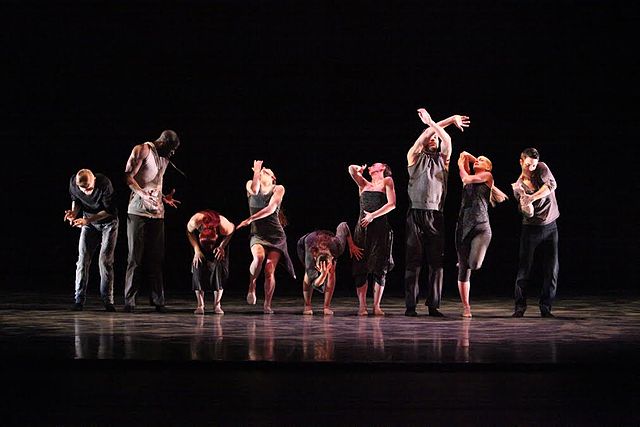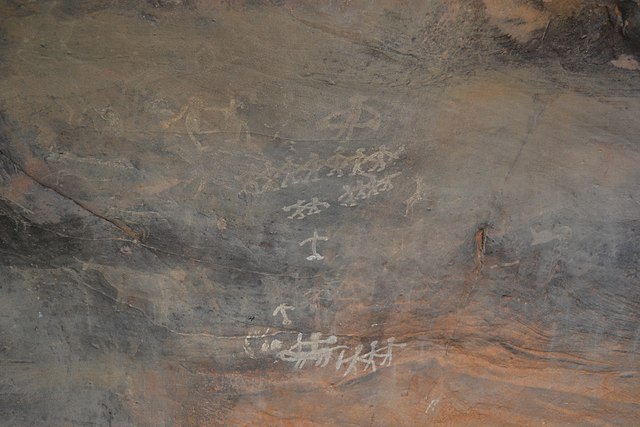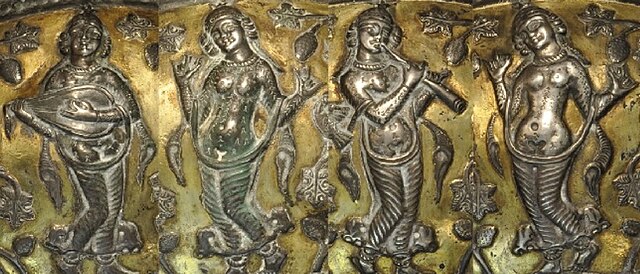The history of dance is difficult to access because dance does not often leave behind clearly identifiable physical artifacts that last over millennia, such as stone tools, hunting implements or cave paintings. It is not possible to identify with exact precision when dance becomes part of human culture. Dance is filled with aesthetic values, making it distinct from one society to another and is shrouded in symbolism that expounds on the cultural heritage of a community accordingly being unique from one society to another. Dance can help tell a story, convey feelings and emotions, and connect with others and ourselves.
Veiled dancer, ancient Greek terracotta figurine from Myrina, c. 150–100 BC. Louvre Museum
Shiva as Nataraja (Lord of Dance)
Details from a copy of a 10th-century painting Night Revels of Han Xizai by Gu Hongzhong, depicting a dancer performing a dance known in the Tang dynasty.
Dancers on a piece of ceramic from Cheshmeh-Ali (Shahr-e-Rey), Iran, 5000 BC now at the Louvre
Dance is an art form, often classified as a sport, consisting of sequences of body movements with aesthetic and often symbolic value, either improvised or purposefully selected. Dance can be categorized and described by its choreography, by its repertoire of movements or by its historical period or place of origin. Dance is typically performed with musical accompaniment, and sometimes with the dancer simultaneously using a musical instrument themselves.
Two modern dancers
Members of an American jazz dance company perform a formal group routine in a concert dance setting.
Mesolithic dancers at Bhimbetka
Dancers and musicians on a Sasanian bowl, Iran








